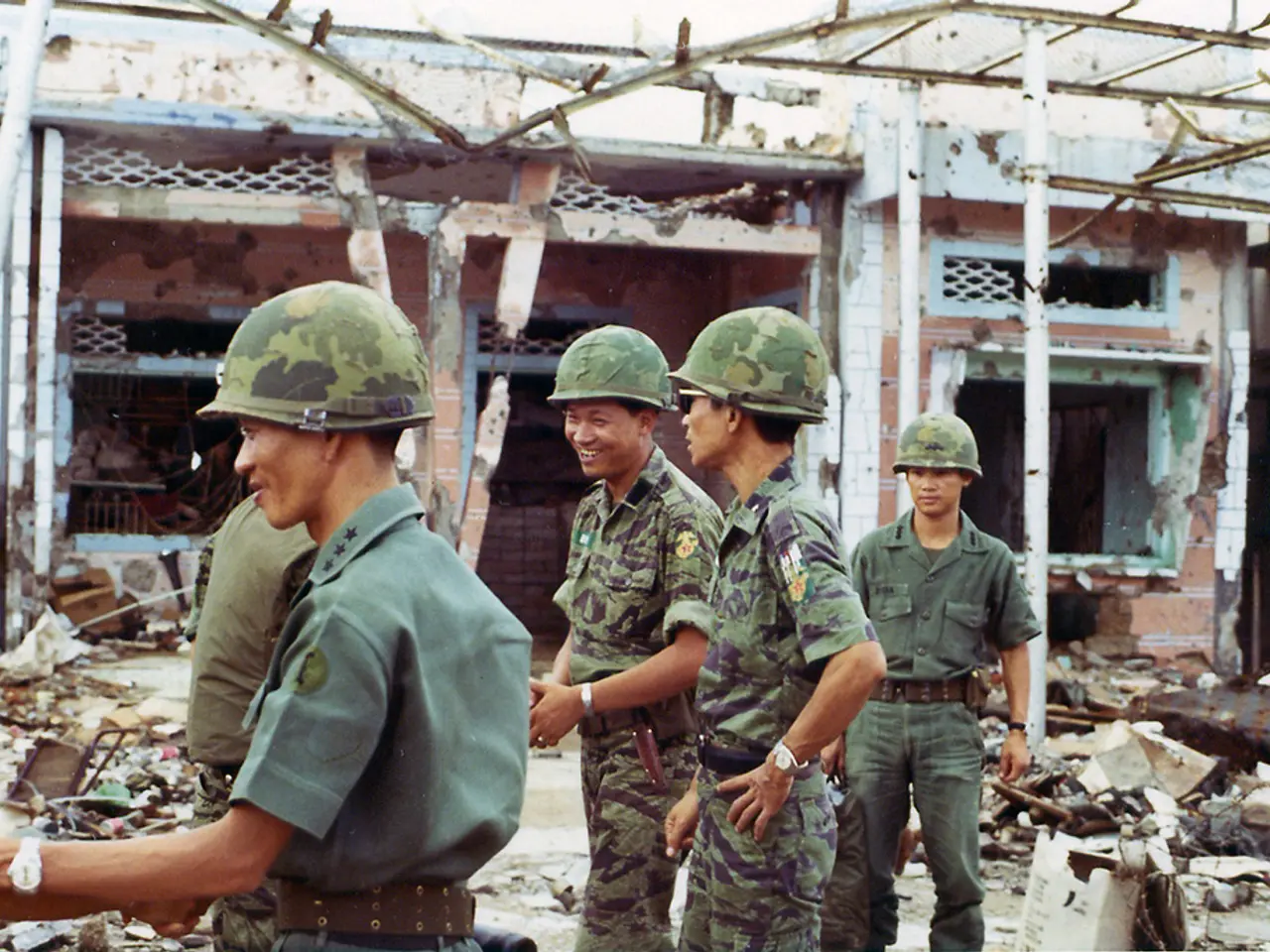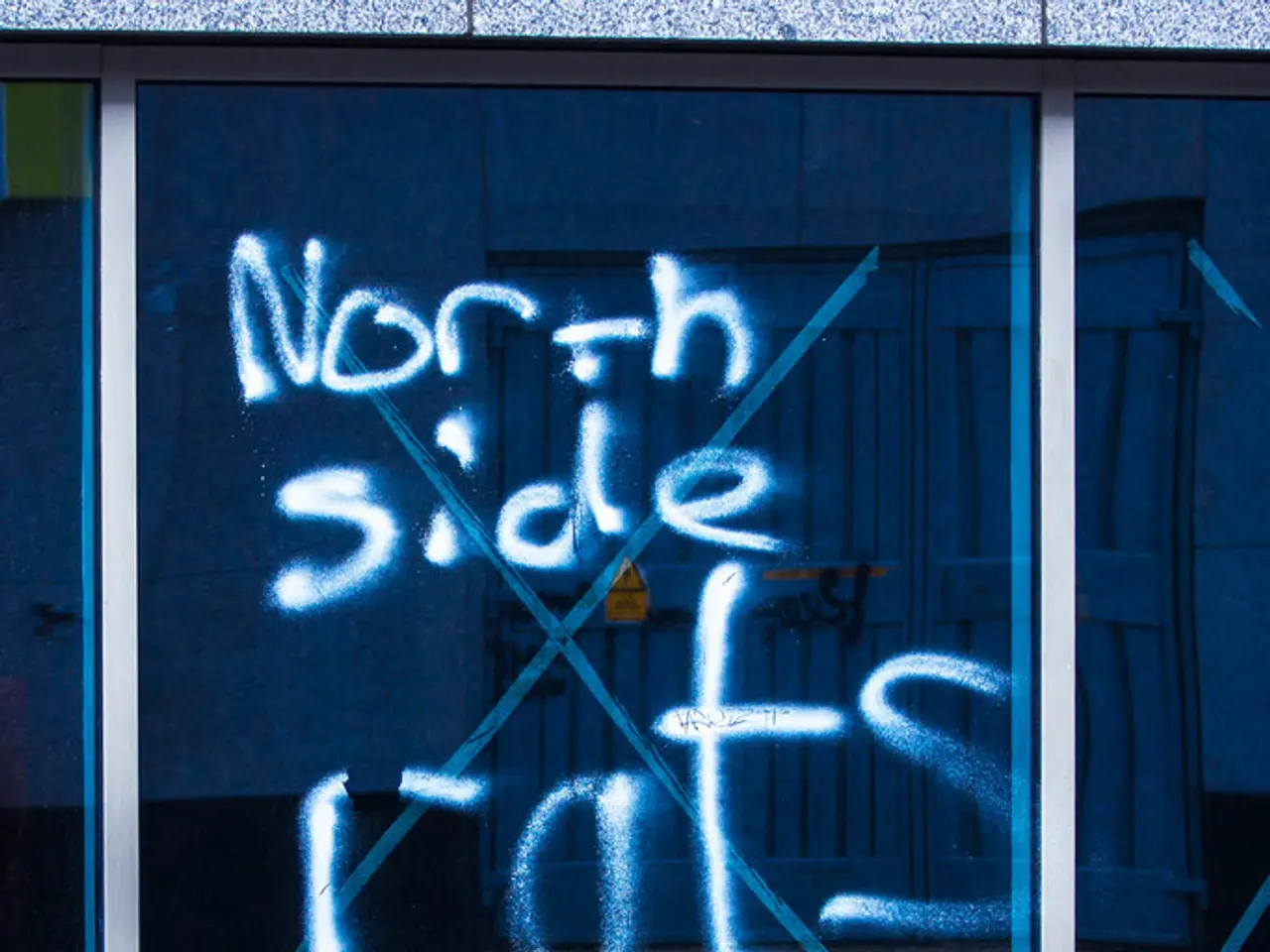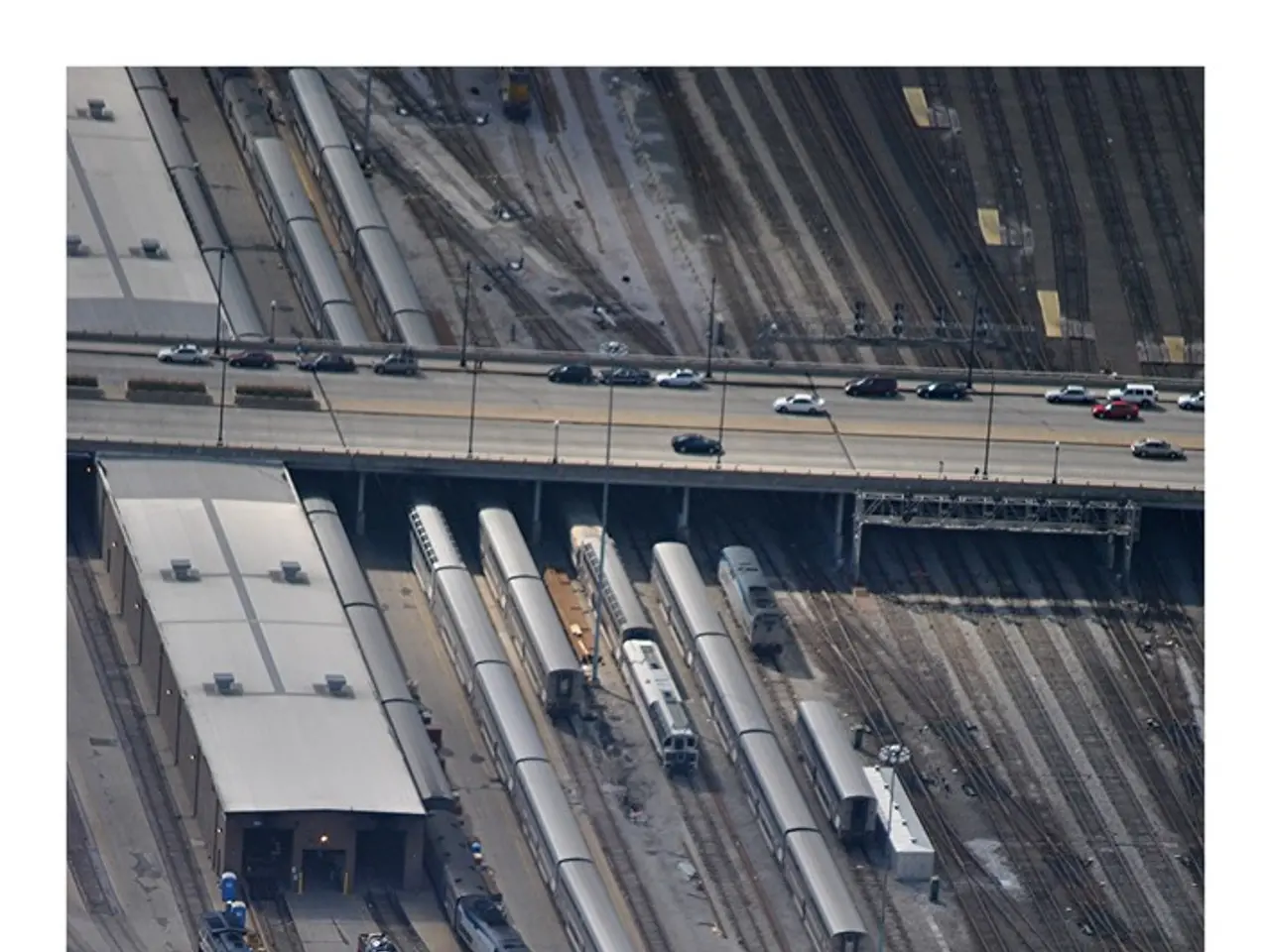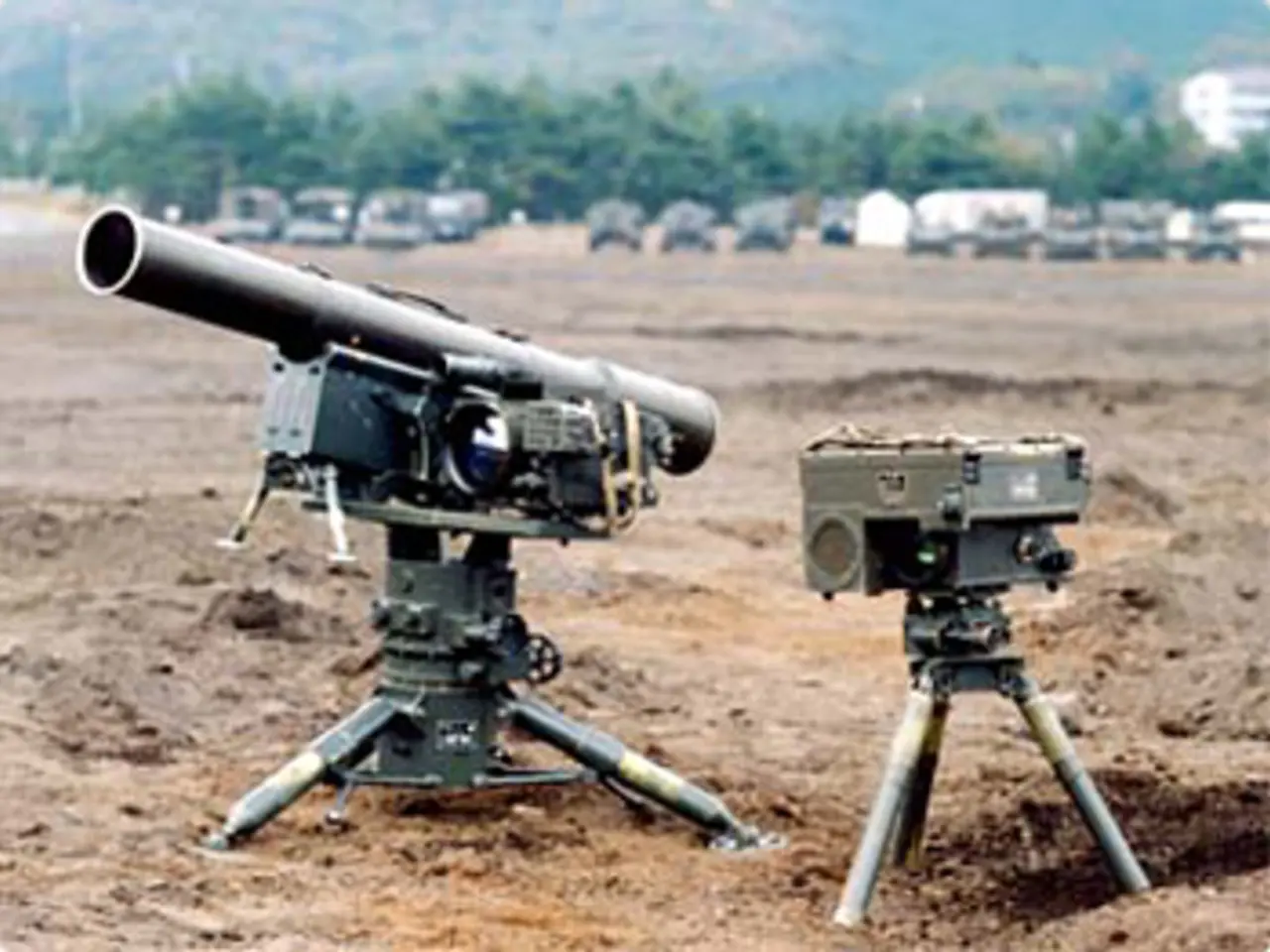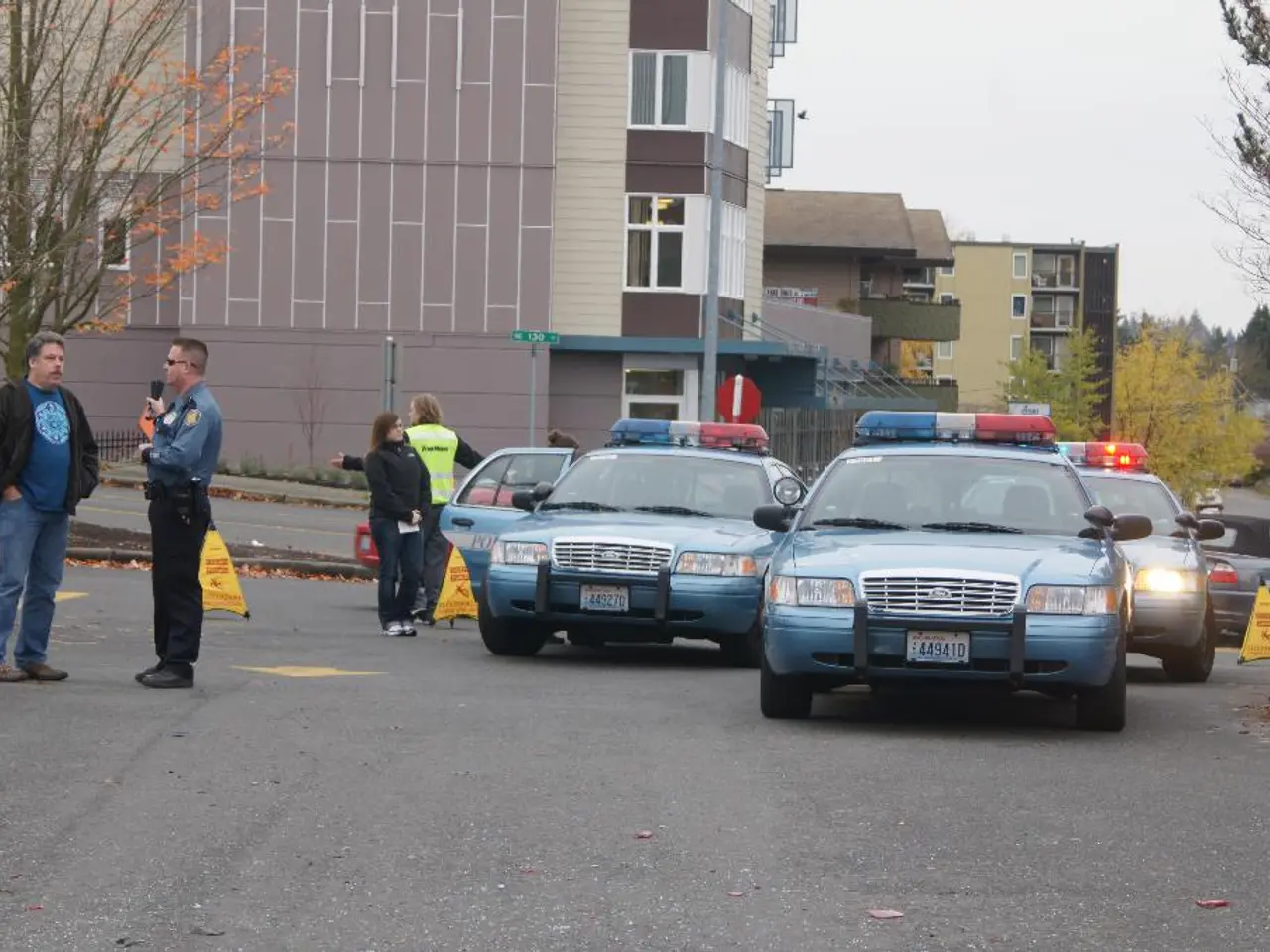Officials expressing apprehension towards visiting Herson
In the heart of Ukraine, the city of Kherson remains a focal point of ongoing military conflict, with Ukrainian forces valiantly defending the region against persistent Russian attacks. As of early July 2025, the city continues to serve as a frontline, marking a significant period of unrest for its residents.
**Ukrainian Defense Efforts**
Ukrainian forces have been steadfast in their efforts to protect Kherson Oblast, facing intense Russian shelling and drone strikes. Reports indicate the presence of units like the 205th Motorized Rifle Brigade in the region, yet Ukrainian resistance has been effective in thwarting much of the offensive pressure [2]. The Ukrainian Air Force and Security Service have also been active in intercepting numerous Russian drones, showcasing the country's commitment to safeguarding key sites and population centers [2][3].
**Civilian Impact**
The population of Kherson has borne the brunt of these attacks, with numerous civilian casualties and widespread damage to residential areas, social infrastructure, and industrial facilities. Tragically, several civilians have lost their lives, and many more have been injured [1][4]. In response, some residents have chosen to evacuate from the most dangerous zones, with evacuation efforts from red zones to safer cities like Mykolaiv being observed [4]. However, many remain in Kherson and face challenges in accessing essential resources, particularly in rural villages such as Knyazivka and Novohryhorivka, where volunteers are delivering critical supplies [4].
**Social Issues**
The bombardment has caused extensive damage to infrastructure, including petrol stations, garages, railway lines, and industrial enterprises, further complicating civilian life and mobility [1][4]. To alleviate suffering, humanitarian groups and rapid response teams have been providing psychological and material aid to victims of strikes in Kherson [4].
Unfortunately, the use of "double-tap" strikes by Russian forces—aimed at hitting first responders after initial attacks—has increased civilian casualties and risks to emergency services [3]. The ongoing conflict has also led to broader demographic concerns, including population displacement and casualties, while Russian state agencies reportedly conceal accurate casualty and demographic data, making it difficult to comprehend the true human costs [3].
**City Life**
In addition to these challenges, Kherson residents face constant power and water supply disruptions. Multi-story buildings in the city are equipped with UAV control points, underscoring the omnipresence of military activity [5]. The city's administration, while formally functioning, has seen most officials relocate to Mykolaiv [6].
Elsewhere, reports suggest that one of Russia's regions is turning into a migrant enclave, with the Human Rights Council expressing concern over the issue [7]. This development, if confirmed, would further complicate the already complex situation in the region.
As the conflict in Kherson continues, the resilience of its people and the dedication of emergency responders and volunteers remain crucial in supporting the population amid this challenging environment [1][2][3][4].
- The ongoing war-and-conflicts in Ukraine, particularly in Kherson, have brought significant political implications, with the city serving as a frontline in the country's resistance against persistent Russian attacks.
- General-news reports indicate that the ongoing military conflict has led to numerous civilian casualties and widespread damage in Kherson, prompting evacuations and humanitarian aid efforts to accommodate the needs of displaced residents and those still living in the region.
